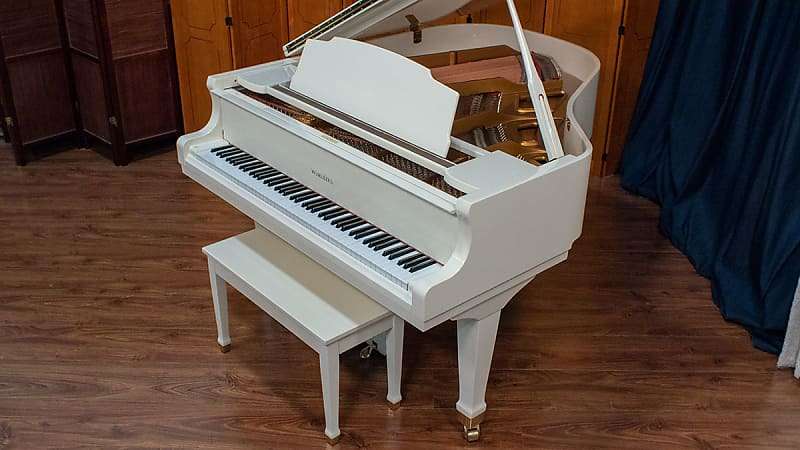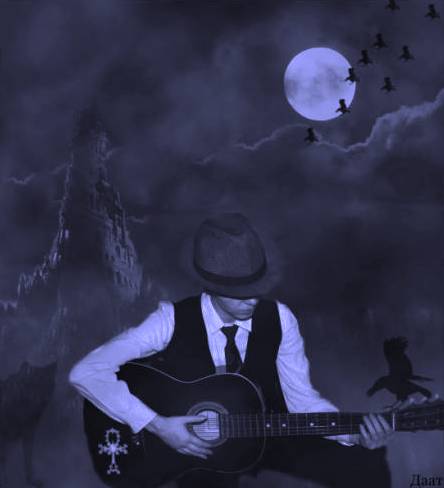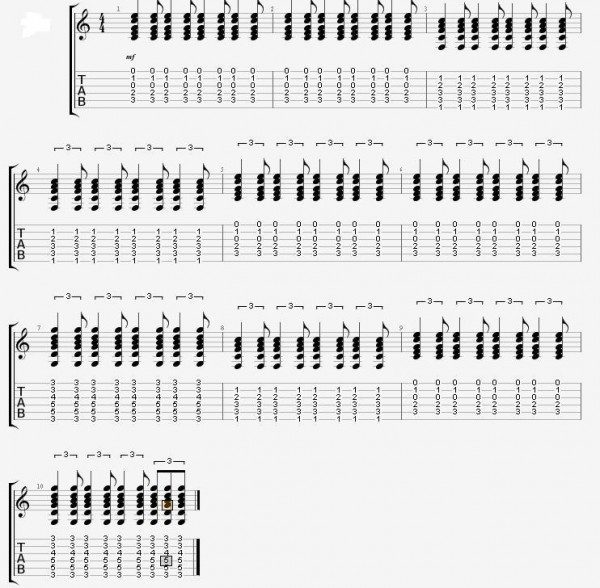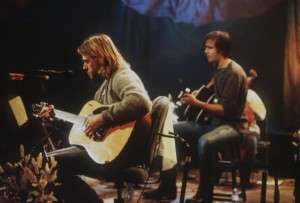
How to learn to improvise on guitar
If you’re reading this article, it means you want to achieve something more in music than playing an A minor sequence in a circle, and therefore, you should be willing to work hard. Improvisation is a serious step in mastering the guitar, which will open up new horizons in music, but you should remember that there is no shortcut in this matter. Be prepared to devote a lot of time to your studies and be patient, only then can you achieve success

Where to start?
So what do you need to learn to improvise on guitar? First of all, of course, the guitar itself. Acoustic or electric guitar – it doesn’t matter much, only the material that you have to learn (but not completely) and what you will play in the end will be different. Due to the differences between an acoustic guitar and an electronic one, the playing techniques are also different, in addition, where an acoustic guitar would fit perfectly, an electric guitar would simply be out of place.
Once you learn to improvise in one style, you can easily master another. The main thing is to master the basic principles. First of all, you need to master the basic scales. To begin with, you can limit yourself to pentatonic scales. In the pentatonic scale, unlike ordinary modes, there are no halftones, and therefore there are only 5 sounds in such a scale. In order to get the pentatonic scale, it is enough to remove from the usual scales steps that form a semitone. For example, in C major these are the notes F and B (4th and 7th degrees). In A minor, the notes B and F are removed (2nd and 6th degrees). The pentatonic scale is easier to learn, easier to improvise, and suits most styles. Of course, its melody is not as rich as in other keys, but it is ideal for a start.

You need to constantly replenish your stock, except hmmm musical phrases – learn standard phrases, learn solos from your favorite songs, learn all kinds of cliches, just listen and analyze music. All this will become the basis that will later help you feel free and confident during improvisation. In addition, it is important to develop a sense of rhythm and harmonic hearing.
To develop harmonic hearing, you can additionally practice solfeggio and sing two-voice dictations. For example, you can play the C major scale (or any other scale that suits your voice) on the guitar, and sing a third higher. Also ask a friend to play or play pre-recorded chords for you in random order. Your goal in this case will be to determine the chord by ear. To develop a sense of rhythm, repetition of all kinds of rhythmic patterns is suitable. You don’t have to play – you can just clap or tap.
Step 2. From words to deeds
When learning improvisation, it is important not only to have a rich arsenal gamma and musical phrases, but also to constantly play. Roughly speaking, in order to learn to improvise on the guitar, you need to improvise. You can, for example, turn on your favorite song and, adapting to the music, try to improvise your own solo, while you need to listen to yourself, analyze whether your playing fits into the overall picture, whether you are playing in the right rhythm, or in the right key.
Don’t be afraid to make mistakes, this is an integral part of learning, moreover, even experienced guitarists often make mistakes during improvisation. You can not only play along to songs, but also record your own sequence in one of the keys and improvise to it. Don’t set unrealistic goals for yourself; work in keys with which you are already familiar.
The progression shouldn’t be a jumble of chords, it should sound, and preferably sound good. But you shouldn’t come up with something too complicated either. If you’re into rock ‘n’ roll or blues, you can try the sequence below: tonic-tonic-subdominant-subdominant-tonic-tonic-dominant-subdominant-tonic-dominant. It will look something like this (the key of C major is used as an example):


And so on. You can try your own variations of rhythmic pattern. The main thing is to maintain the sequence of chords and make transitions between them in time. The good thing about this sequence is that it is simple, easy to hear and easy to improvise on. In addition, such techniques as “pull-ups”, “hammer-up” or “pull-off”, “sliding”, “vibrato”, and many other techniques characteristic of rock music will fit well into it.
That’s all, actually. Learn the basics, play, be patient, and you will definitely succeed.





